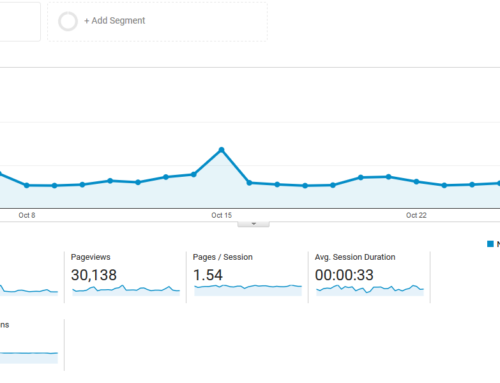I had the pleasure of attending the IoT TechExpo in Berlin this past week. In addition to some fantastic Internet of Things discussions, the European 2017 Artificial Intelligence and Blockchain conferences were also happening.
Most people are probably familiar with the terms “Internet of Things” (IoT) and “Artificial Intelligence” (AI), but I think the realm of Blockchain and Crypto currencies are less familiar to the vast majority of people. I will talk more about these in a bit. As I expected a lot of talk had a big data, security and privacy undertone.
From an IoT perspective, some of the industrial applications where pretty slick. Some of the use cases presented showed how oil fields could be remotely monitored from a central command center where the data the sensors from these plants were shipping in near real-time their data. This opened the door do all sorts of cost saving opportunities and predictive analytic capabilities. One of the predictive analytic results was the ability to identify certain components that were likely to breakdown within 60 days. This resulted in the firm being able to get ahead of these failures and perform scheduled maintenance or at least have the replacements on hand when the breakdown occurred, resulting in less downtime and less revenue loss.
On a smaller scale, IoT becomes very intriguing for small businesses to ensure as much of the business is connected as it makes sense to connect. Think about a Bar or restaurant for instance. By integrating their POS system with a data analytic suite, business owners can definitive determine which specials are working, what menu items could be dropped, which servers are producing the most upselling sales etc. Computers are better than humans at processing tons of data. Even the most savvy and “on top of it” business owner will not be able to get the insights a data suite could provide into the performance and opportunity spaces within their business. How about a smart fridge? These nifty do-dads monitor the temperature and humidity of the internal and external environments. Alarms can be set to trigger phones or emails if various thresholds are violated. This could save thousands of dollars if the unit was accidentally left open at the close of shift. Instead of spoiled food, the alert receivers could take appropriate action to rectify the situation before too much time had passed and the contents were ruined.
What can I say about AI. Most people have seen the various SCIFI flicks with technology so advanced you are not sure if you are talking to a human, robot or android. While there was some talk about this specifically from the Amazon Alexa front, most of the AI conversation discussed machine learning techniques and how they could be used to replace certain tier 1 / tier 2 support levels without sacrificing customer service or the impact on the customer. One stat that was thrown around was that by 2025, 80% of the AI would be on the enterprise side of the house verses the consumer side where it lives now. This means that over the next few years, it is speculated, that companies will invest significantly into their own business processes in order to make their systems smarter and more capable of not only interfacing with customers, but also driving some business decisions using machine learning and predictive analysis based on historical data trends. In some areas this is scary.
Insurance for instance. Having AI provide underwriting decisions could be a real negative for applicants with some grey areas in their application or history. AI in the automotive field on the other hand could have tremendous life-saving potential. Machines are continually being called upon in this space. As they get smarter and can even make decisions self-driving cars will continue to thrive and get saver. Things like being able to recognize snow covered street signs and weather conditions as a vehicle enters a curve. The technology is already strong, but in the next few years this sort of consumer focused AI will be even more prevalent.
Lastly, Blockchain and crpto-currencies. A blockchain is a distribute database that is used to maintain a continuously growing list of records, called blocks. Each block contains a timestamp and a link to a previous block. A blockchain is typically managed by a peer-to-peer network collectively adhering to a protocol for validating new blocks. By design, blockchains are inherently resistant to modification of the data. Once recorded, the data in any given block cannot be altered retroactively without the alteration of all subsequent blocks and the collusion of the network. Functionally, a blockchain can serve as “an open, distributed ledger that can record transactions between two parties efficiently and in a verifiable and permanent way. The ledger itself can also be programmed to trigger transactions automatically.”
Blockchains are secure by design and are an example of a distributed computing system with high Byzantine fault tolerance. Decentralized consensus can therefore be achieved with a blockchain. This makes blockchains potentially suitable for the recording of events, medical records, and other records management activities, identity management, transaction processing, and documenting provenance. (Read More)
Blockchain was conceptualized in 2008 and then used a the core component of the digital currency, bitcoin, serving as the public ledger for all transactions. Since bitcoin, numerous other applications including many other crypto-currency ledgers.


